For a long time, orthotic insoles have been a crucial element in flatfoot treatment, facing challenges of lengthy customization cycles and poor fit. Now, the integration of 3D printing technology has completely revolutionized this scenario.
With the aid of precise foot scanners, physicians can obtain detailed data on the patient's foot shape and gait, then input this digital information into the 3D printing system.
Consequently, the 3D printer can efficiently produce highly fitting orthotic insoles based on the unique foot characteristics of each patient.
This process not only shortens the production cycle but also ensures the precise fit of the insoles, significantly optimizing the patient's wearing experience and treatment outcomes.
Foot Scanner: Accurate Diagnosis and Customized Treatment Plans
The foot scanner, as the core tool of this innovation, can comprehensively capture the patient's foot structure and walking patterns with its built-in high-precision sensors and advanced image processing algorithms.
These meticulous data are crucial for the accurate diagnosis of flatfoot and the subsequent treatment planning.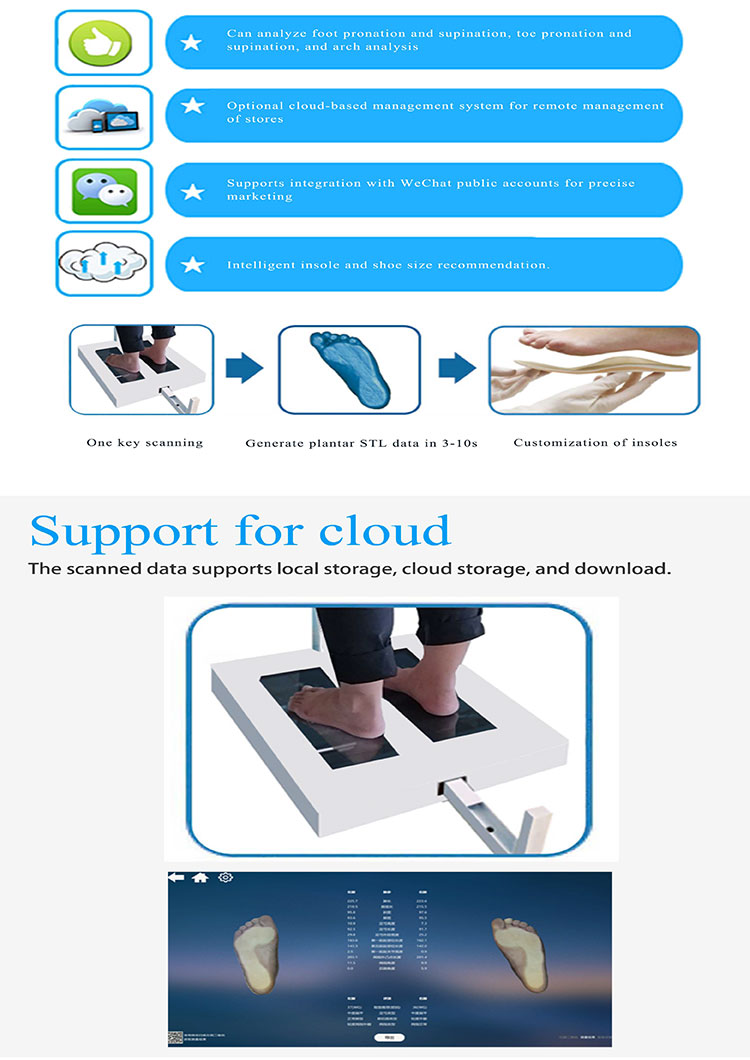
Using the information collected by the foot scanner, the medical team can gain an in-depth understanding of the patient's arch condition and foot pressure distribution, allowing them to formulate scientific, reasonable, and highly targeted treatment strategies.
This process ensures the precise implementation of the treatment plan, effectively enhancing the specificity and efficacy of the treatment.
Personalized Medicine: Meeting Diverse Needs and Enhancing Patient Experience
Given the uniqueness of each patient's foot condition and gait characteristics, flatfoot treatment is increasingly leaning towards personalized customization.
The synergistic application of 3D printing and foot scanning technologies marks the advent of the era of personalized treatment in rehabilitation departments.
Now, hospital rehabilitation departments can tailor orthotic devices and treatment plans that fit the specific foot characteristics of each patient.
This personalized service not only significantly improves treatment outcomes but also highlights the humanistic care and professional standards of medical services, making patients feel unprecedented comfort and reassurance during their rehabilitation process.
Future Prospects: Technology-Driven, Rehabilitation Medicine Writing New Chapters
With the rapid advancement of medical technology, future rehabilitation treatment methods will become more diversified and personalized.
Cutting-edge technologies like 3D printing and foot scanners will continue to be deeply applied, providing patients with more efficient and accurate rehabilitation experiences.
Meanwhile, we eagerly anticipate the emergence of more innovative technologies, bringing continuous vitality and transformation to the field of rehabilitation medicine.
It is foreseeable that in the near future, rehabilitation departments will become one of the most forward-looking and innovative branches of the medical system, leading rehabilitation treatment into a new era of intelligence and customization.
The innovative practice of integrating 3D printing and foot scanners in hospital rehabilitation departments signifies a milestone in the development of flatfoot treatment.
This not only actively responds to the personalized needs of patients but also vividly reflects the technological advancements in the field of rehabilitation medicine.
We firmly believe that this innovative model will gain wider promotion and application in the future, bringing blessings to more patients and opening a new chapter in rehabilitation treatment.

 +86-0755-86131192
+86-0755-86131192 2024-07-09
2024-07-09 Back to list
Back to list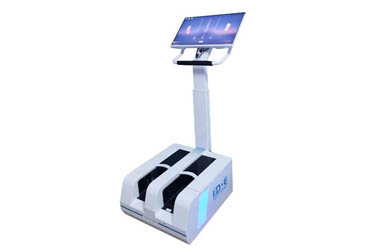
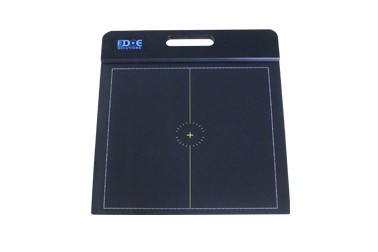
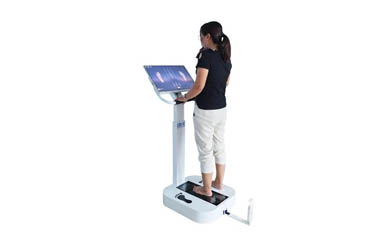
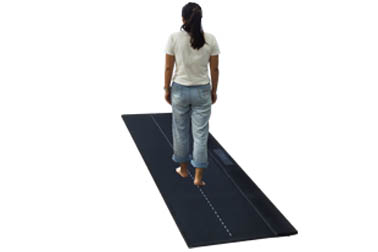
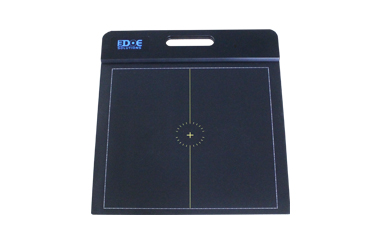
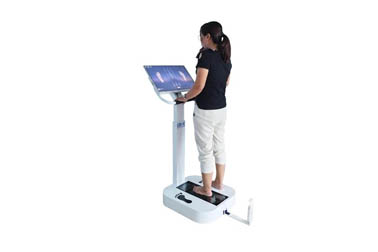



 +86-0755-86131192
+86-0755-86131192